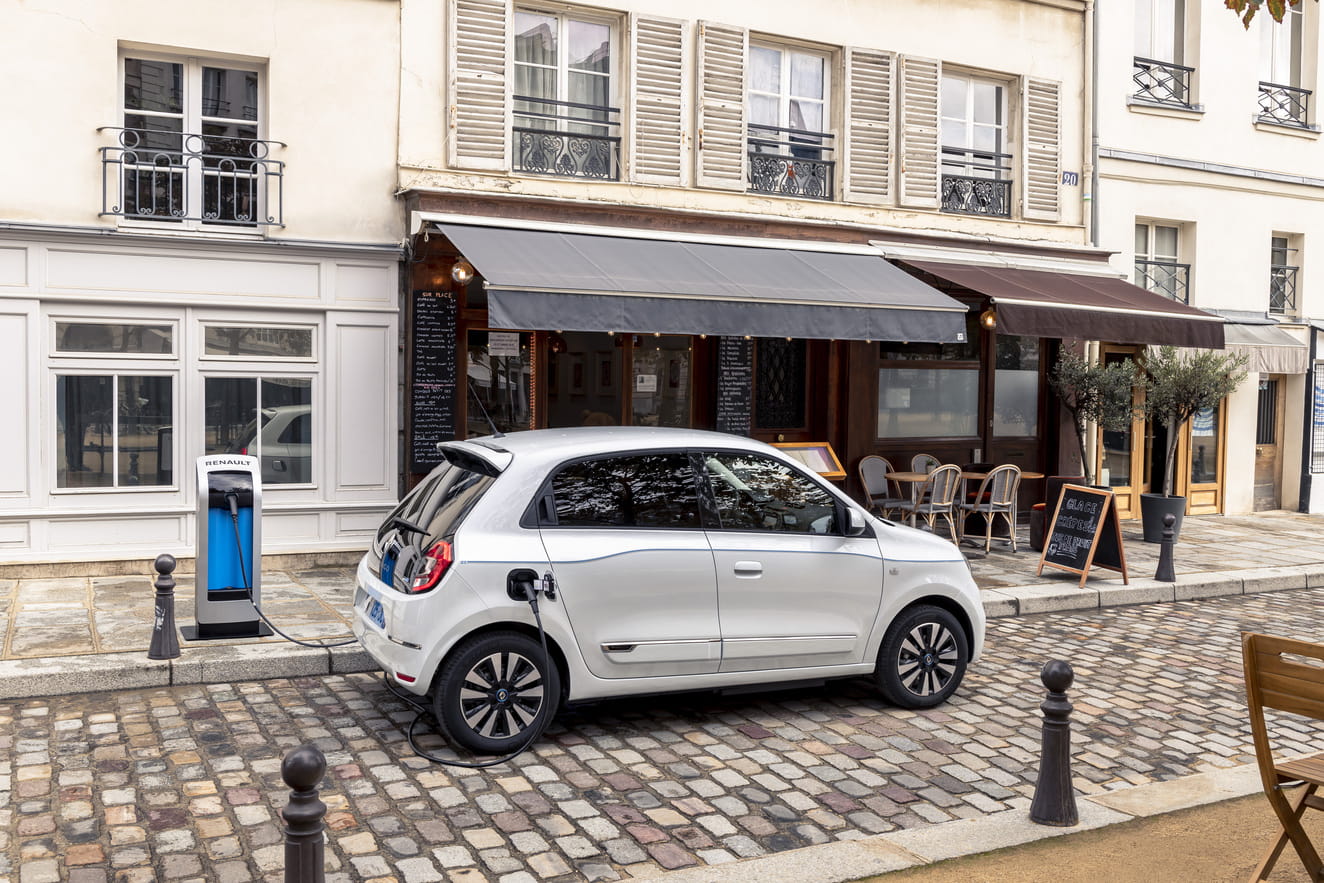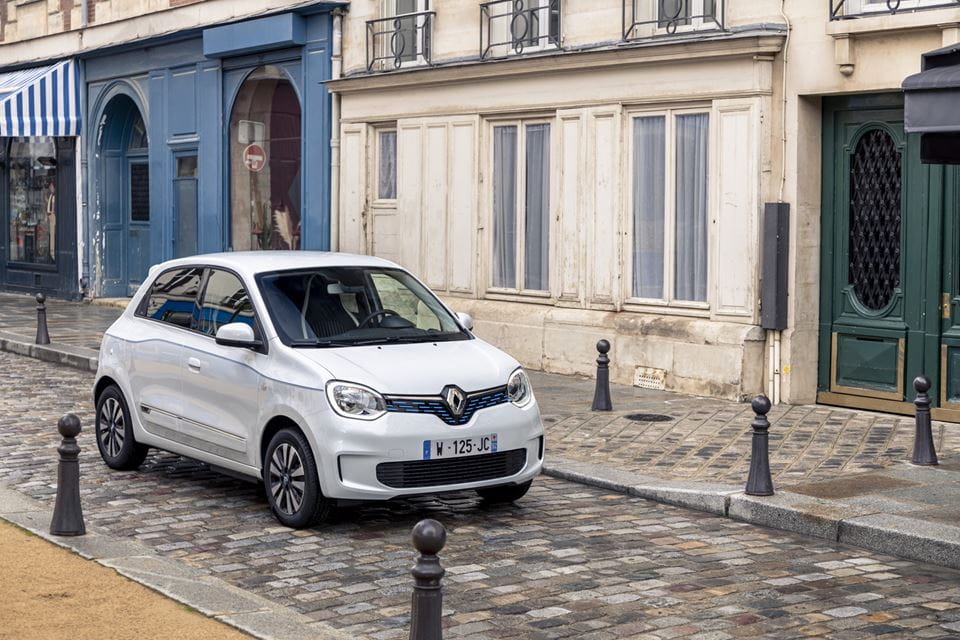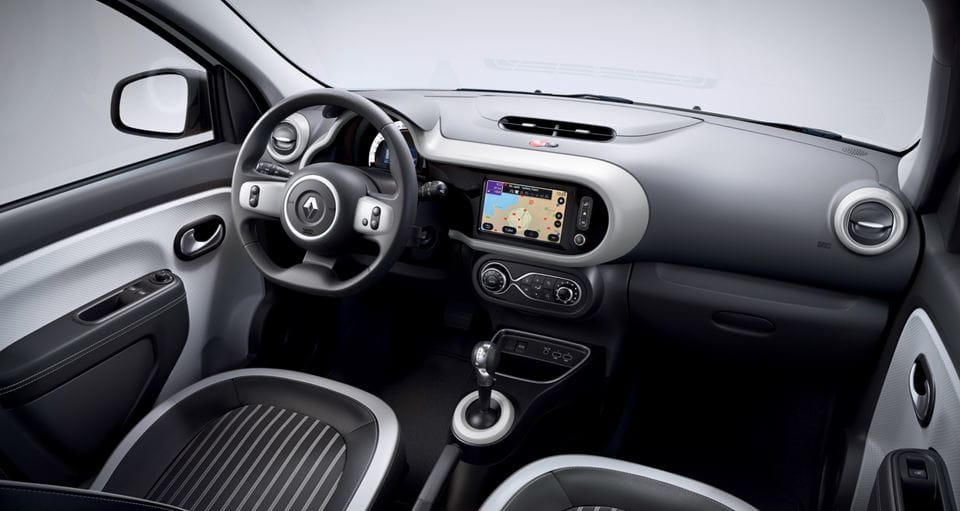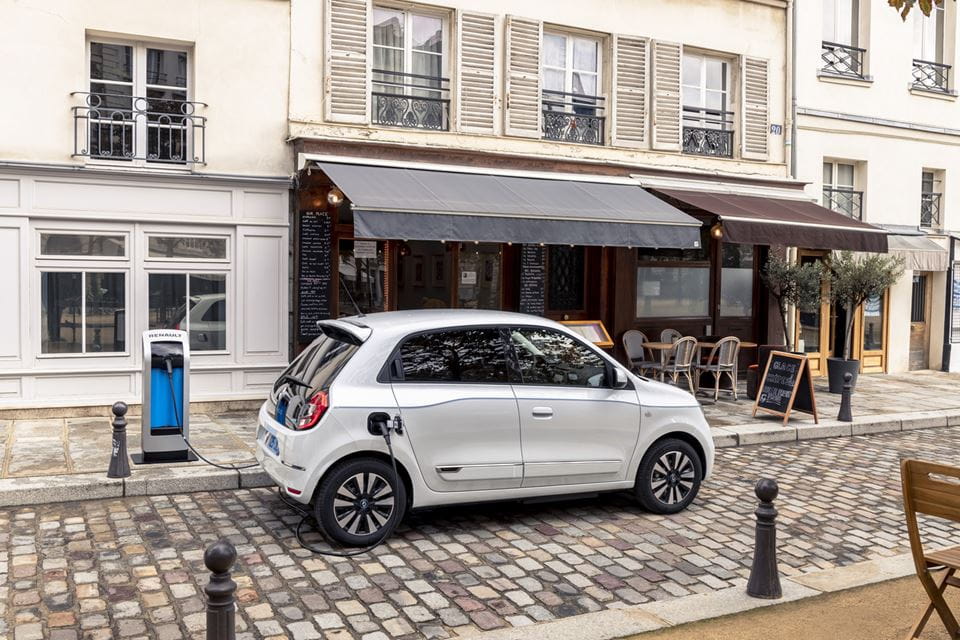
Car review – Renault Twingo Electric
The cheapest EV on the market
With the electric Twingo, Renault has the cheapest electric car on the market today. But is it a convincing proposition?

Below the Zoé
Initially, Renault had no intention of releasing an electric version of the Twingo – there was “no room for another EV” below the Zoé. But times have changed: today, Renault does see the potential of a Twingo Z.E. which distinguishes itself from its big sister in various areas.
It is of course a bit smaller, it has a somewhat more spartan finish and it cannot boast the same technological features. It also has a less powerful electric motor (60kW, 160Nm) and has to make do with a 22kWh battery which is water cooled – a first for Renault.

Economical, but not with sensations
On the mixed WLTP cycle, this urban runabout achieves a range of 190km in normal mode and 225km in Eco mode, capping power and top speed. Without any significant effort, we reached a consumption of 12.9kWh/100 km during our test, corresponding to a range of about 170km.
This makes the Twingo Electric quite economical which isn’t surprising as it only weighs twelve hundred kilos and does not need to carry a bulky body. The 82 electric horses are sufficient to make it flow with traffic (very) smoothly and you are often the first to take off at the traffic lights thanks to the instant torque.

City runabout par excellence
Because the car's weight is concentrated in the chassis, this Twingo is much more stable to drive than its petrol-engine brothers. It goes through the corners nicely and it even takes on a motorway drive without reluctance. It is best not to negotiate speed bumps too fast, but apart from that the shock absorbers hold their own against potholes and bumps quite well.
The steering is very light, but that will be perceived as a plus rather than a minus by most users. A great asset of the model is the fact that it can turn its front wheels at a 45-degree angle and in combination with the short wheelbase that ensures a remarkable manoeuvrability, making parking in cities a breeze. Less positive is the fact that it cannot be equipped with AEB (autonomous emergency braking).
AC power only
The Twingo Electric does not care for fast chargers: it can only be charged using alternating current (AC), but it can draw AC in at 22kW, which is unprecedented in this segment – the competition sticks to 7.4kW. Most charging stations in Belgium only deliver 11kW, so that still means you have to wait an hour or two if the battery is almost completely empty.
A regular 16-ampere home socket can only deliver 3.7kW, which translates into a charging time of about six hours. If you buy a wallbox, you can halve this charging time, provided your electrical set-up can cope with that.



